Many of you may recognize this plane and might be wondering exactly what's new. Before we dive into the moddifications of this aircraft, we must first look at the history and developement of the Excalibur. In the early days of the Pastovokian Air Force, most air power demonstrations were performed at international air shows. Thus, Pastovokia had skill for making aircraft that it could perform well enough to entertain massive crowds of people. The aircraft that attracted the most awe, were generally successful on the battlefield. One such case was the Excalibur. This aircraft was designed for an international aerobatic fighter competition in June of 1980. Despite it being as large as a small jet liner, the Ecalibur MK.01 was incredibly maneuverable. It won second place on the global stage and was optioned for continued fighter developement. At just about the same time, enemy naval power near Pastovokia was increasing. Because of the Excalibur's size, Pastovokian officals decided that it would be an ideal weapons platform for an anti shipping role. The developement into a naval attack aircraft started with Pastovokia's plane mounted ship cannon. The gun was successfully used on two fighters before the Ecalibur, where they proved themselves against transport convoys and bridges. Excalibur was chosen to carry three of these guns in triple mount above the fuselage. Along with the guns, multiple weapons hard points were added under the wings and engines. The MK.02 was borne. In combat, the Excalibur MK.02 wasn't as efficient as expected. Pilots said that only one cannon was neede and that the rest only weighed the aircraft down. The flight range wasn't satisfactory and pilots said they wanted more fuel if they were patroling thte open sea. A new varient was obviously needed. Developement on the MK.03 was started in early 1993 and continued until 1995. The new version of the aircraft had removed the cannon mount on the top of the fuselage and replaced it with a single gun under the fuselage. New hardpoints were added for non-jettison able external fuel tanks to address the higher fuel request. Also in response to the fuel problem, a nose mounted refueling probe was fitted. This could be used with the new air borne refueling tankers commissioned by Pastovokia. Heavier weapons could now be loaded on the wing and engine hardpoints. This created a problem; the gear wasn't capable of taking the new combat load- it was 20,000 pounds heavier! To fix this, the main gear bogeys were fitted with six wheels each and the nose gear was significantly strengthened. Once all of the major improvements were made, new avionics were installed into the airframe. It was an amazing combat aircraft. With the new landing gear, Pastovokian officials even suggested making the plane carrier capable, but the navy wouldn't allow any aircraft over 70,000 pounds landing on their carriers. The MK.03 served as the most successful land based aircraft in the Pastovokian Air Force, flying for over 20 years and not suffering a single loss in combat. Under this modification, the Excalibur quickly became a household name. All good things come to an end, though, and for the Excalibur it looked this way at the start of 2017. This was because the Stalgred Programme had just been started. The ongoing project seeks to build Pastovokia's perfect combat aircraft, which would replace all others in the fleet. Luckily for the Excalibur, no design had come close to filling her shoes, so she was optioned for an honorary PFADS modification. This is what you see here. The Excalibur MK.04 is possibly the last upgrade of this outstanding naval striker. She has dropped 20,000 pounds from her predecessor and has gained more advanced targeting radar. Of course the elephant in the room is the massive PFADS system on the back of the MK.04. The aircraft is said to have plenty more years in her, for it would be hard to trump such a design... Enjoy!
Specifications
General Characteristics
- Predecessor YF/A-75 (PAF; YF-70) MK.03 "Excalibur II"
- Successors 1 airplane(s)
- Created On iOS
- Wingspan 65.4ft (19.9m)
- Length 139.3ft (42.5m)
- Height 24.1ft (7.3m)
- Empty Weight 77,148lbs (34,994kg)
- Loaded Weight 135,200lbs (61,326kg)
Performance
- Power/Weight Ratio 0.997
- Wing Loading 41.7lbs/ft2 (203.6kg/m2)
- Wing Area 3,242.4ft2 (301.2m2)
- Drag Points 31971
Parts
- Number of Parts 320
- Control Surfaces 0
- Performance Cost 1,383

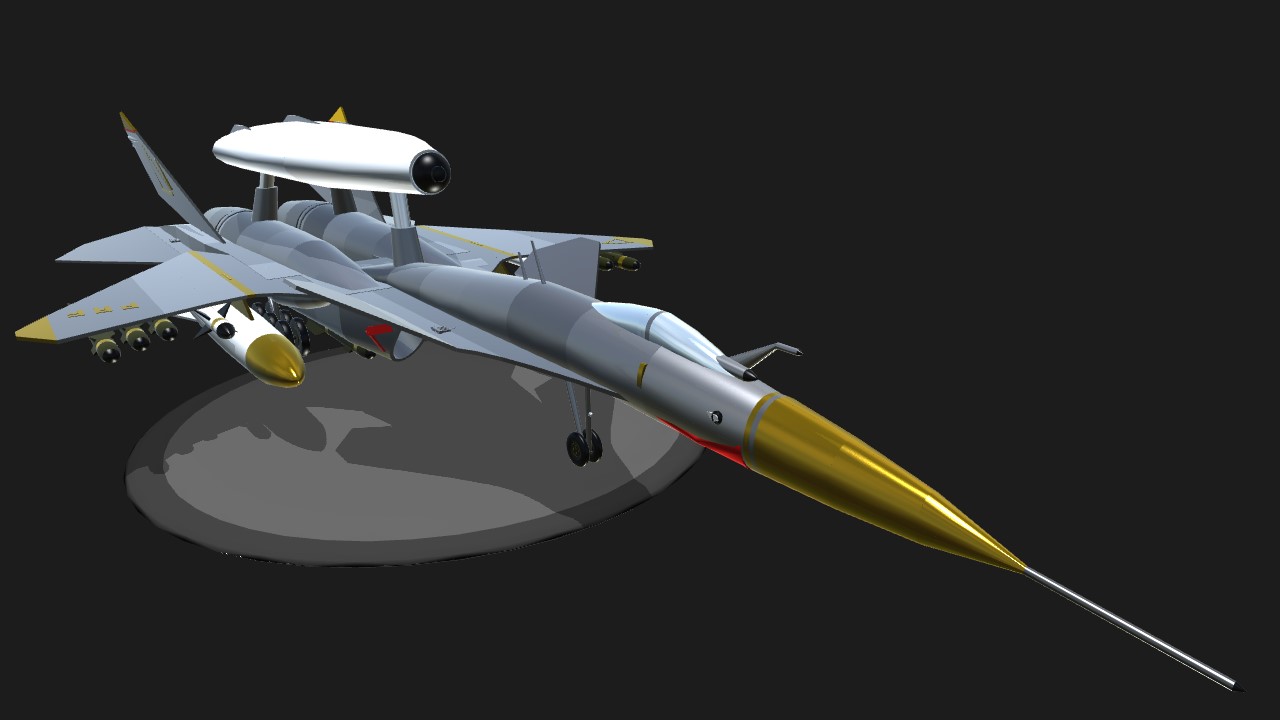
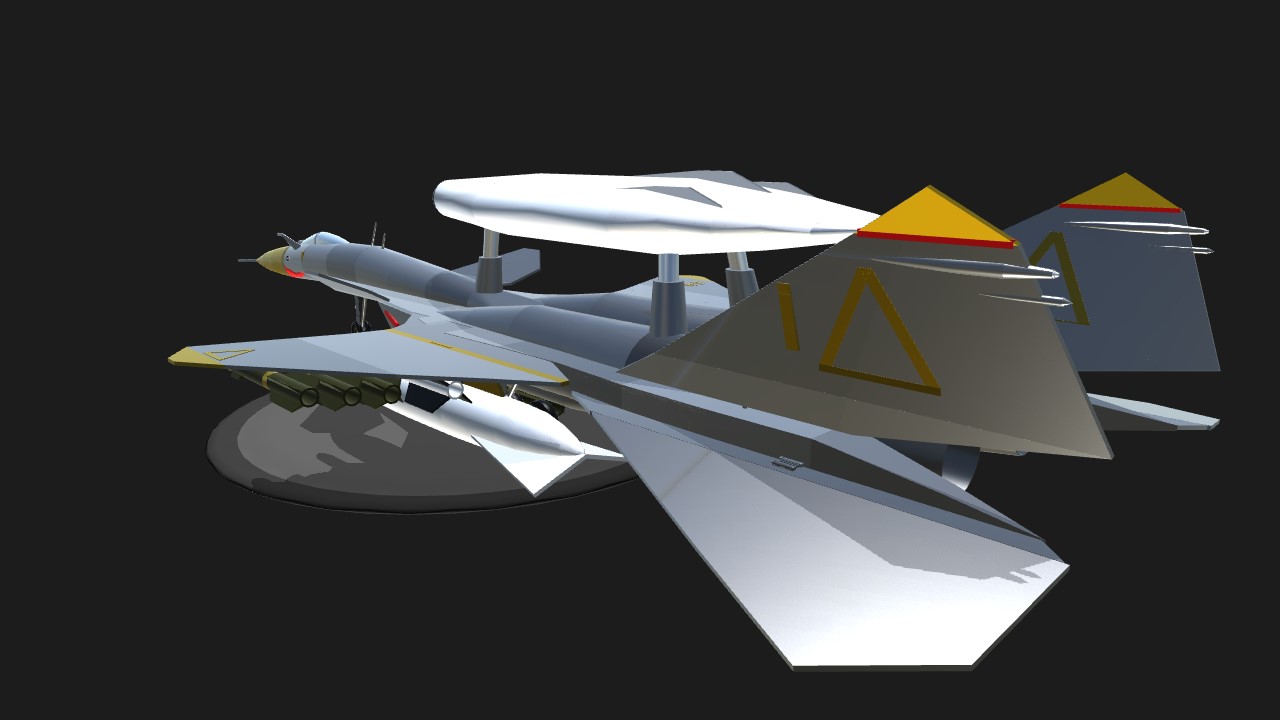
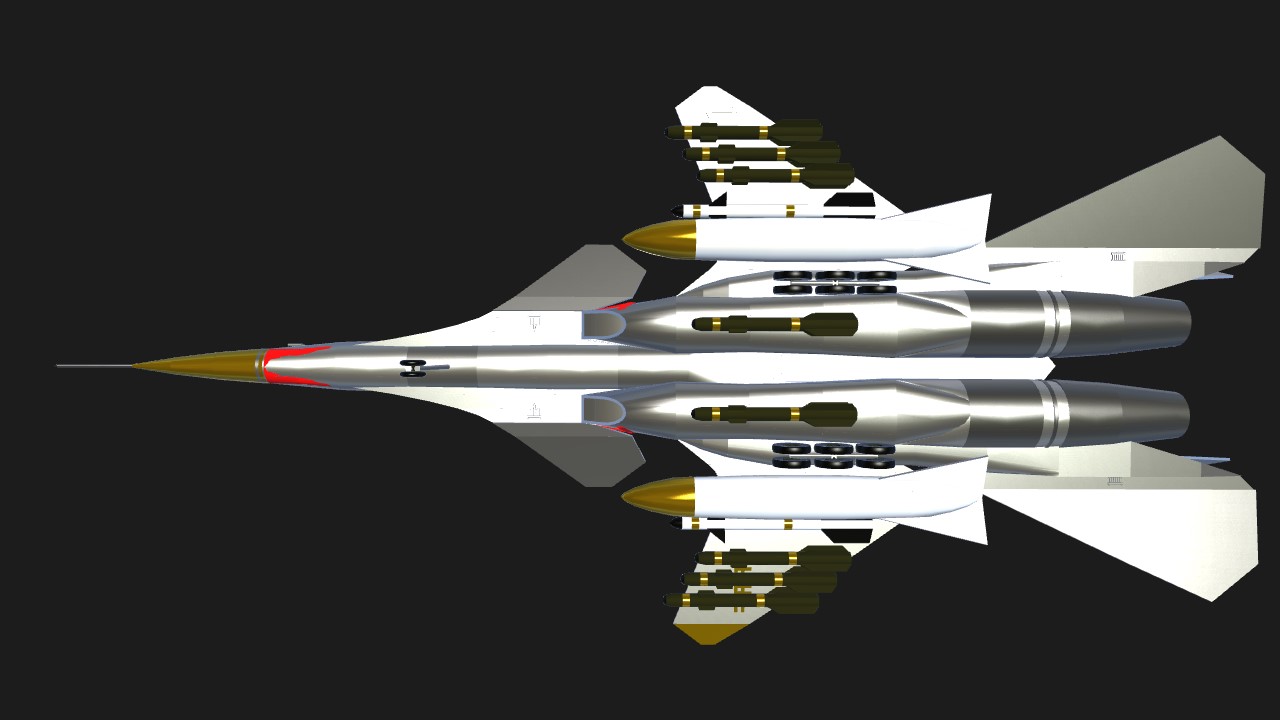
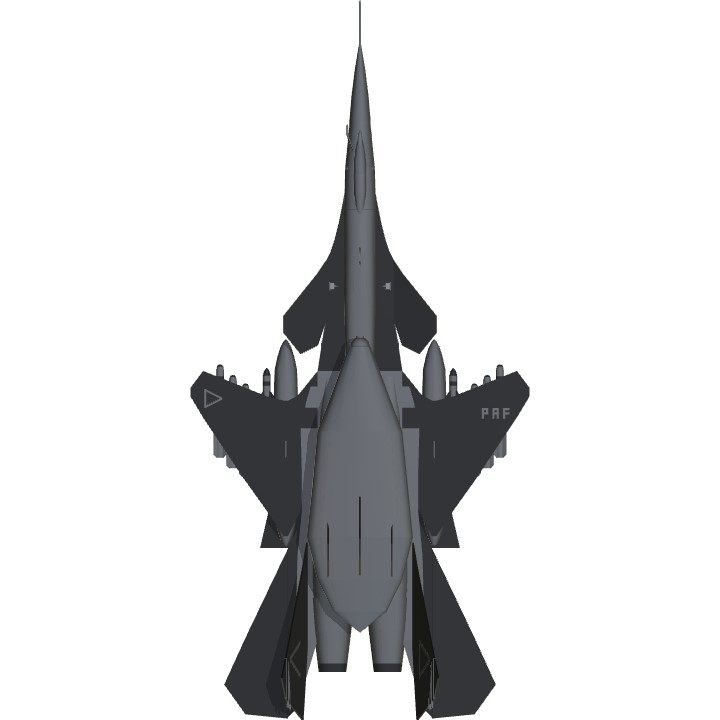

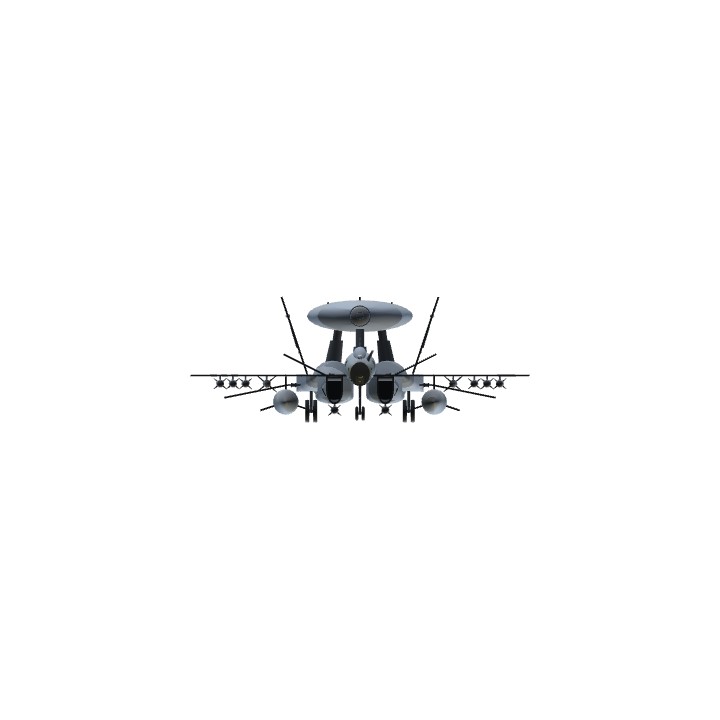
Dame nice job @RAF1
Yes, I have nothing else.
@Kevinairlines
THIS IS MORE AWESOME NOW...
Do you only use iOS ? @RAF1
Thanks!
@Liquidfox